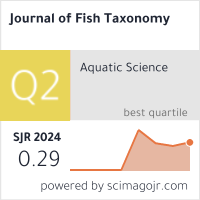Trace Contaminants in Drinking Water and Neurological Health
Keywords:
Nervous systems, Drinking water, Epidemiological evidence, Toxicological investigations, Neurotoxicants.Abstract
A field experiment was conducted in Karbala Governorate/Tawrij District in 2024 on a silty clay soil to investigate the role of the chisel plow in loosening the hardpan layer and promoting crop growth. A New Holland TD80 tractor was used in this experiment. Two components were examined: operating speed (2.80, 4.65, and 6.15 km/h-1), and plowing depth (50 and 65 cm). Mechanical unit technical metrics such drawing force, slippage percentage, fuel usage, and maize plant output were examined. The experiment used a three-replicate Randomized Complete Block Design (RCBD). The lowest slippage percentage was 6.90% and the lowest traction force was 618.11 kg at 2.80 km/h-1. The lowest fuel usage was 9.99 L/ha and the maximum plant output was 8.05 t/ha at 6.15 km/h-1. A 50 cm plowing depth yielded the lowest pulling force (613.21 kg), slippage (7.57%), and fuel usage (11.91 L/ha). The maximum plant output was 6.76 t/ha at 65 cm. All attributes were significantly affected by the speed-plowing plot interaction. Operating speed, traction force, plant productivity, slippage, Chisel Plow.








